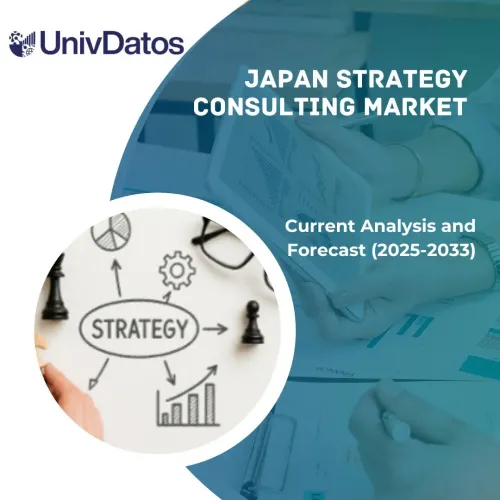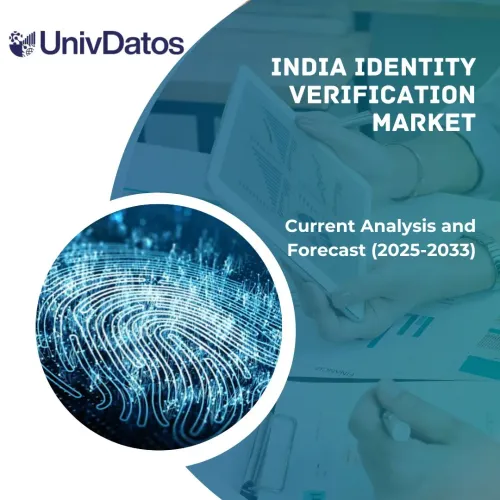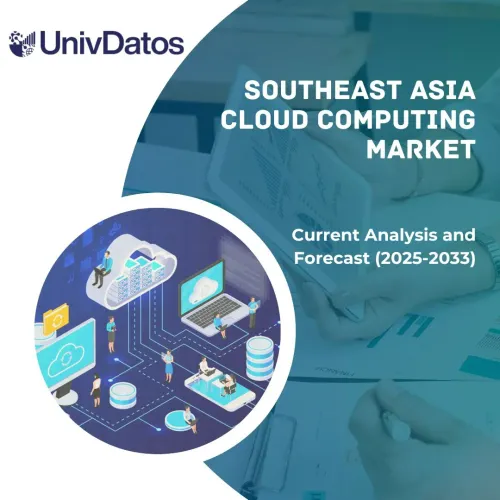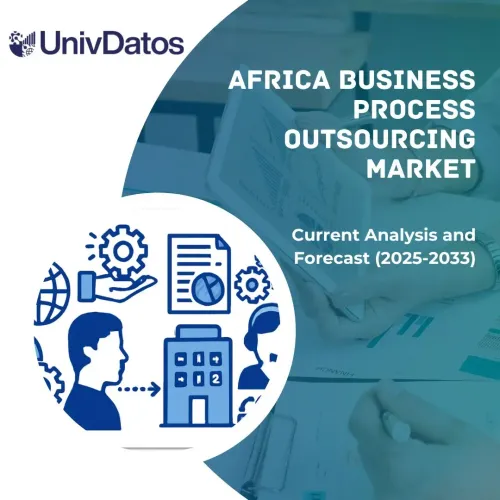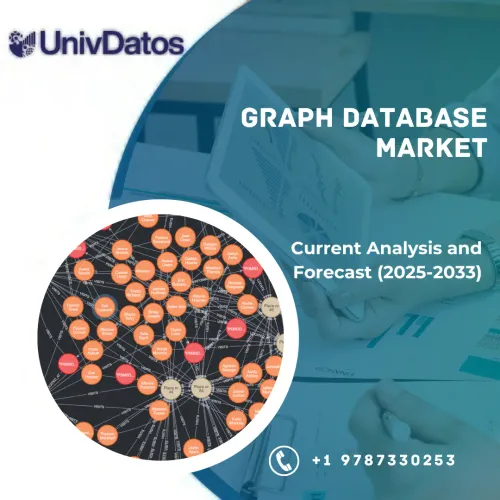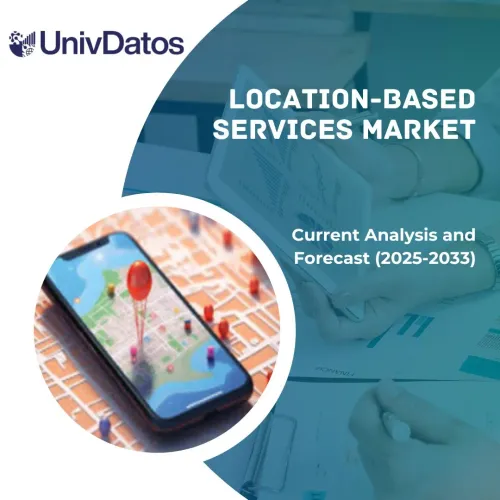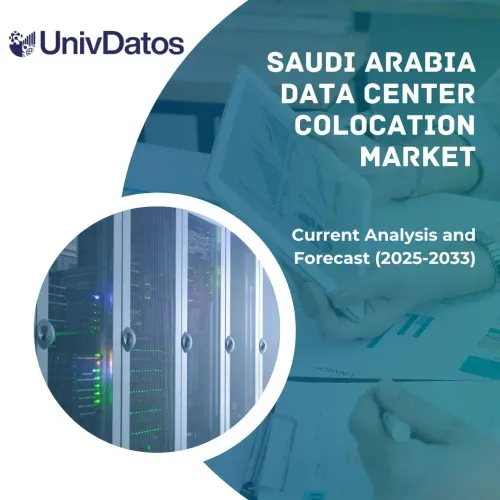Рынок промышленной метавселенной: текущий анализ и прогноз (2023-2030)
Акцент на компонентах (оборудование, программное обеспечение и услуги); Отраслевые вертикали (производство, здравоохранение, энергетика и коммунальные услуги, логистика и транспорт и другие) и Регион/Страна
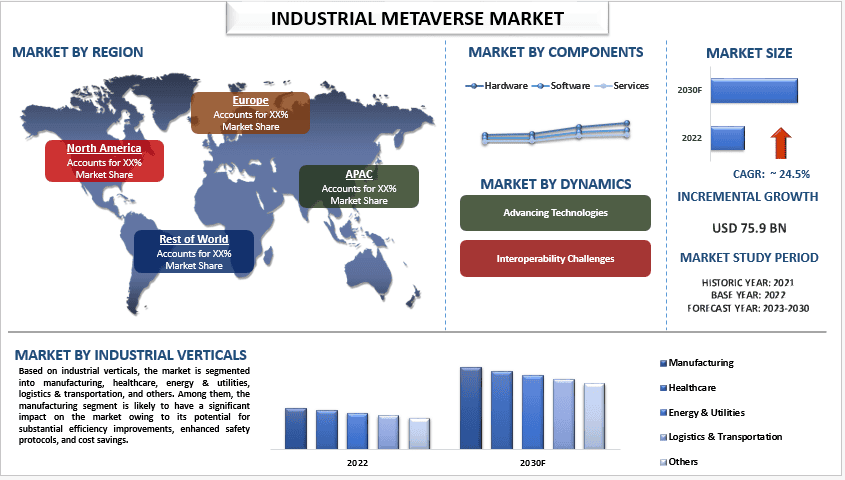
Объем рынка промышленной метавселенной в 2022 году оценивался в 75,9 млрд долларов США, и, как ожидается, в прогнозируемый период (2023-2030 гг.) он будет расти устойчивыми темпами, составляющими около 24,5%, что связано с ростом цифровой трансформации в отраслях. Термин «промышленная метавселенная» относится к интеграции метавселенной, виртуального общего пространства, с физическим миром промышленности и производства. Он предусматривает создание бесшовной, взаимосвязанной цифровой и физической экосистемы, которая обеспечивает эффективный и результативный обмен информацией, ресурсами и ценностями. Промышленная метавселенная предлагает ряд преимуществ, которые стимулируют растущий спрос на нее, включая повышение эффективности, улучшение сотрудничества, повышение устойчивости и повышение гибкости.
К числу основных игроков, работающих на рынке, относятся Microsoft; Meta; Unity Software; Epic Games; NVIDIA; HTC; Sony; Magic Leap; Apple; Google.
Основные положения, представленные в отчете
"Среди компонентов, категория программного обеспечения станет свидетелем значительного роста рынка в течение прогнозируемого периода".
На основе компонентов рынок сегментирован на оборудование, программное обеспечение и услуги. Среди них сегмент программного обеспечения занимает наибольшую долю рынка из-за растущего спроса на автоматизацию и цифровизацию в промышленных процессах, а также растущего внедрения облачных программных решений. Поскольку рынок промышленной метавселенной продолжает развиваться, вполне вероятно, что сегмент программного обеспечения останется ключевым фактором роста в ближайшие годы. Кроме того, основные ключевые игроки также привносят основные преимущества на этот рынок. Например, в 2021 году Microsoft и Siemens объявили о стратегическом партнерстве по разработке цифровых решений для промышленной метавселенной. Партнерство направлено на интеграцию промышленного программного обеспечения Siemens с облачной платформой Azure от Microsoft, что позволит компаниям создавать цифровых двойников своих физических активов и процессов.
"Северная Америка будет занимать значительную долю на рынке".
Северная Америка, особенно Соединенные Штаты, находится в авангарде технологических инноваций. Многие из крупнейших технологических компаний, которые изучают и инвестируют в технологии метавселенной, имеют штаб-квартиры в этом регионе. К ним относятся такие компании, как Meta (ранее Facebook), Microsoft, Google и другие. Их финансовые ресурсы и опыт в передовых технологиях дали им значительное преимущество в формировании ландшафта метавселенной. Более того, в Северной Америке существует надежная экосистема венчурных фондов и инвесторов, готовых финансировать стартапы и проекты, связанные с метавселенной. Наличие финансирования позволило новым участникам в пространстве метавселенной процветать, что еще больше способствует лидерству региона. Северная Америка была горячей точкой для венчурных (VC) и частных инвестиций (PE) в технологии AR/VR и метавселенной. Венчурные фирмы и инвесторы активно финансируют стартапы и компании, работающие над проектами, связанными с метавселенной.
Обзор отчета о рынке промышленной метавселенной
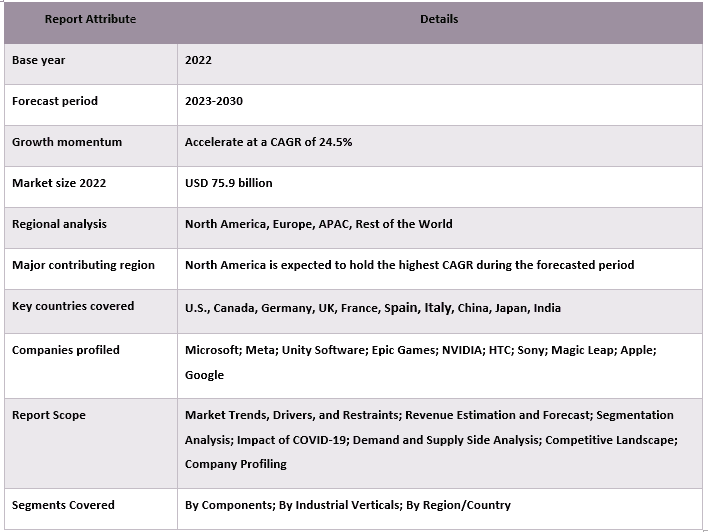
Причины купить этот отчет:
- Исследование включает в себя анализ размеров рынка и прогнозирование, подтвержденный проверенными ключевыми экспертами отрасли.
- Отчет представляет собой краткий обзор общей эффективности отрасли с одного взгляда.
- Отчет охватывает углубленный анализ выдающихся представителей отрасли с уделением особого внимания основным финансовым показателям бизнеса, портфелю продуктов, стратегиям расширения и последним событиям.
- Подробное изучение движущих сил, ограничений, ключевых тенденций и возможностей, преобладающих в отрасли.
- Исследование всесторонне охватывает рынок по различным сегментам.
- Углубленный анализ отрасли на региональном уровне.
Варианты настройки:
Глобальный рынок промышленной метавселенной может быть дополнительно настроен в соответствии с требованиями или любым другим сегментом рынка. Кроме того, UMI понимает, что у вас могут быть свои собственные бизнес-потребности, поэтому не стесняйтесь обращаться к нам, чтобы получить отчет, который полностью соответствует вашим требованиям.
Содержание
Методология исследования для анализа рынка промышленной метавселенной (2023-2030 гг.)
Анализ исторического рынка, оценка текущего рынка и прогнозирование будущего рынка глобального рынка промышленной метавселенной были тремя основными шагами, предпринятыми для создания и анализа внедрения промышленной метавселенной в основных регионах мира. Было проведено исчерпывающее вторичное исследование для сбора исторических данных о рынке и оценки текущего размера рынка. Во-вторых, для подтверждения этих выводов было принято во внимание множество результатов и предположений. Кроме того, были проведены исчерпывающие первичные интервью с отраслевыми экспертами по всей цепочке создания стоимости глобального рынка промышленной метавселенной. После предположения и подтверждения рыночных данных посредством первичных интервью мы использовали нисходящий/восходящий подход для прогнозирования общего размера рынка. После этого были приняты методы разбивки рынка и триангуляции данных для оценки и анализа размера рынка сегментов и подсегментов отрасли, к которой он относится. Подробная методология описана ниже:
Анализ исторического размера рынка
Шаг 1: Углубленное изучение вторичных источников:
Было проведено подробное вторичное исследование для получения исторических данных о размере рынка промышленной метавселенной с использованием внутренних источников компании, таких как годовые отчеты и финансовые отчеты, презентации результатов деятельности, пресс-релизы и т. д., и внешних источников, включая журналы, новости и статьи, правительственные публикации, публикации конкурентов, отраслевые отчеты, базы данных третьих сторон и другие достоверные публикации.
Шаг 2: Сегментация рынка:
После получения исторических данных о размере рынка промышленной метавселенной мы провели подробный вторичный анализ для сбора исторических данных о рынке и доли для различных сегментов и подсегментов для основных регионов. Основные сегменты, включенные в отчет, включают компоненты и отраслевую вертикаль. Был проведен дальнейший анализ на уровне стран для оценки общего внедрения моделей тестирования в этом регионе.
Шаг 3: Факторный анализ:
После получения исторических данных о размере рынка различных сегментов и подсегментов мы провели подробный факторный анализ для оценки текущего размера рынка промышленной метавселенной. Кроме того, мы провели факторный анализ с использованием зависимых и независимых переменных, таких как различные компоненты и отраслевые вертикали промышленной метавселенной. Был проведен тщательный анализ сценариев спроса и предложения с учетом ведущих партнерств, слияний и поглощений, расширения бизнеса и запуска продуктов в секторе рынка промышленной метавселенной по всему миру.
Оценка и прогноз текущего размера рынка
Определение текущего размера рынка: На основе практически применимых данных, полученных на основе 3 вышеуказанных шагов, мы определили текущий размер рынка, ключевых игроков на глобальном рынке промышленной метавселенной и доли рынка сегментов. Все необходимые процентные доли и разбивки рынка были определены с использованием вышеупомянутого вторичного подхода и были проверены посредством первичных интервью.
Оценка и прогнозирование: Для оценки и прогнозирования рынка различным факторам были присвоены веса, включая движущие силы и тенденции, ограничения и возможности, доступные для заинтересованных сторон. После анализа этих факторов были применены соответствующие методы прогнозирования, т. е. нисходящий/восходящий подход, чтобы получить прогноз рынка на 2030 год для различных сегментов и подсегментов на основных рынках по всему миру. Методология исследования, принятая для оценки размера рынка, включает:
- Размер рынка отрасли с точки зрения выручки (доллары США) и темпы внедрения рынка промышленной метавселенной на основных рынках внутри страны
- Все процентные доли, разбивки и распределения сегментов и подсегментов рынка
- Ключевые игроки на глобальном рынке промышленной метавселенной с точки зрения предлагаемых продуктов. Кроме того, стратегии роста, принятые этими игроками для конкуренции на быстрорастущем рынке
Подтверждение размера и доли рынка
Первичное исследование: Были проведены углубленные интервью с лидерами общественного мнения (KOL), включая руководителей высшего звена (CXO/вице-президенты, руководители отделов продаж, руководители отделов маркетинга, руководители операционных отделов, региональные руководители, руководители стран и т. д.) в основных регионах. Затем были обобщены результаты первичных исследований и проведен статистический анализ для доказательства заявленной гипотезы. Вклад данных первичных исследований был объединен с результатами вторичных исследований, что позволило превратить информацию в практически применимые данные.
Разделение основных участников в разных регионах
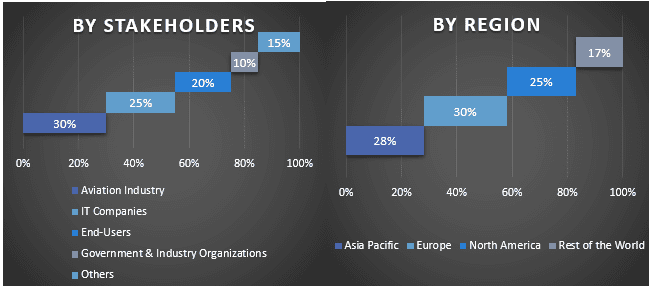
Инжиниринг рынка
Метод триангуляции данных был использован для завершения общей оценки рынка и получения точных статистических данных для каждого сегмента и подсегмента глобального рынка промышленной метавселенной. Данные были разделены на несколько сегментов и подсегментов после изучения различных параметров и тенденций в областях компонентов и отраслевой вертикали на глобальном рынке промышленной метавселенной.
Основная цель исследования глобального рынка промышленной метавселенной
В исследовании были точно определены текущие и будущие рыночные тенденции глобального рынка промышленной метавселенной. Инвесторы могут получить стратегические данные, чтобы основывать свое усмотрение для инвестиций на качественном и количественном анализе, выполненном в исследовании. Текущие и будущие рыночные тенденции определили общую привлекательность рынка на региональном уровне, предоставив промышленному участнику платформу для использования неиспользованного рынка для получения выгоды от преимущества первопроходца. Другие количественные цели исследований включают:
- Анализ текущего и прогнозного размера рынка промышленной метавселенной в стоимостном выражении (доллары США). Кроме того, проанализируйте текущий и прогнозный размер рынка различных сегментов и подсегментов
- Сегменты в исследовании включают области компонентов и отраслевой вертикали.
- Определение и анализ нормативно-правовой базы для отрасли промышленной метавселенной.
- Анализ цепочки создания стоимости, связанной с присутствием различных посредников, а также анализ поведения клиентов и конкурентов отрасли.
- Анализ текущего и прогнозного размера рынка промышленной метавселенной для основного региона.
- Основные страны регионов, исследованные в отчете, включают Азиатско-Тихоокеанский регион, Европу, Северную Америку и остальной мир.
- Профили компаний рынка промышленной метавселенной и стратегии роста, принятые участниками рынка для удержания позиций на быстрорастущем рынке.
- Углубленный анализ отрасли на региональном уровне
Связанные Отчеты
Клиенты, купившие этот товар, также купили



